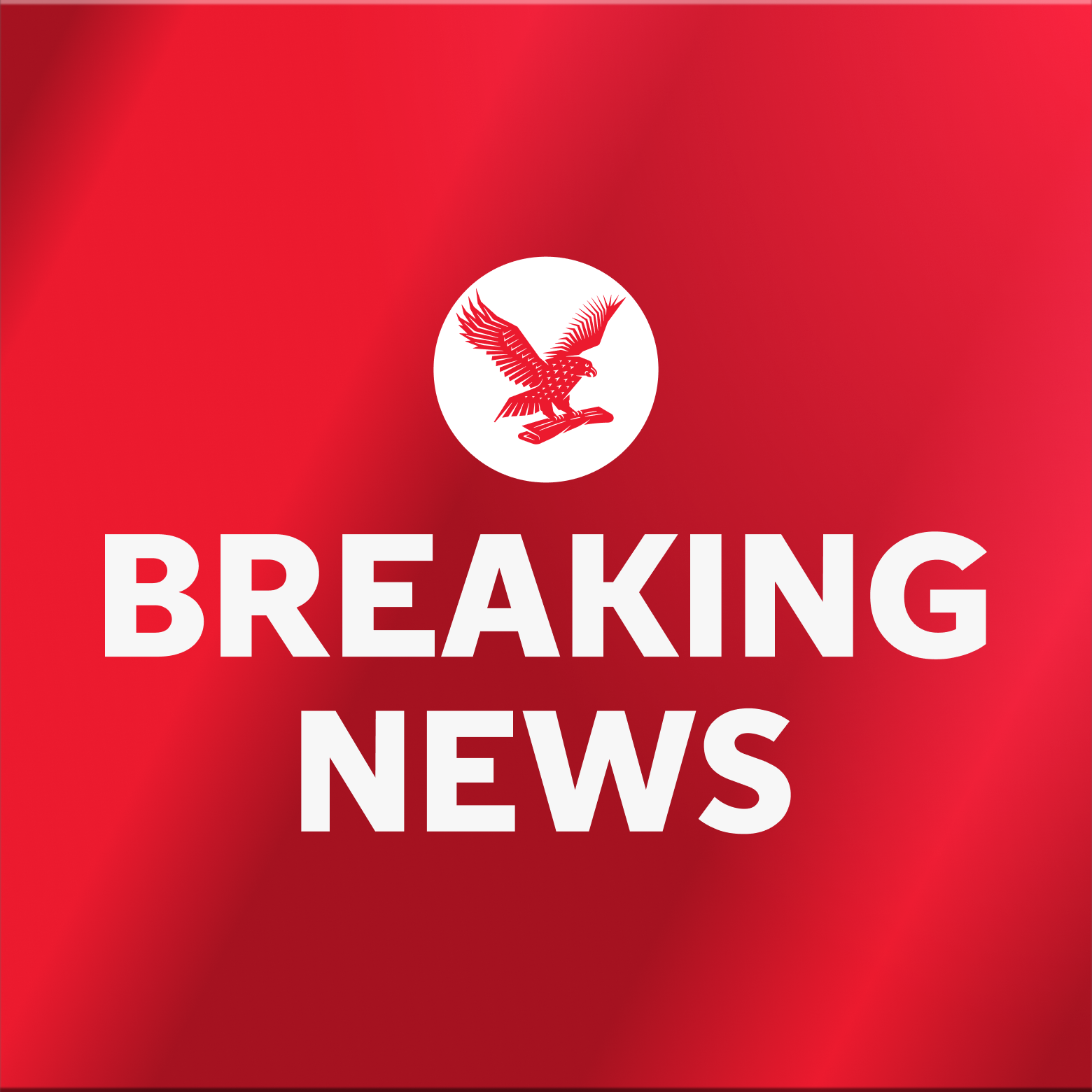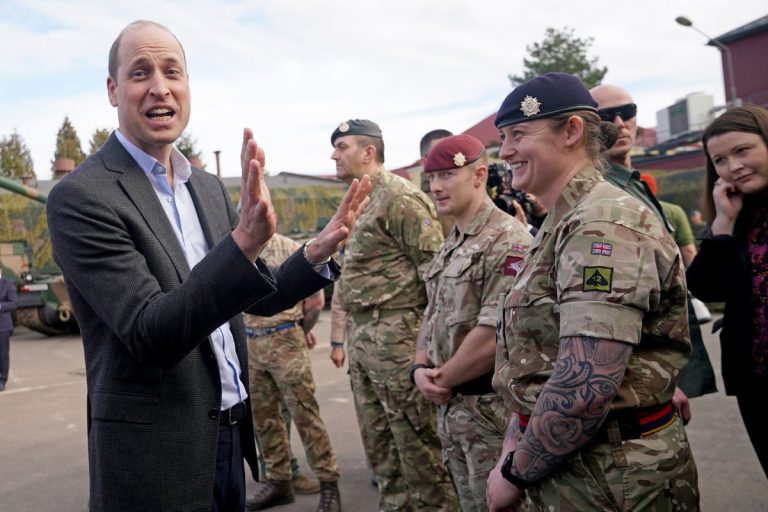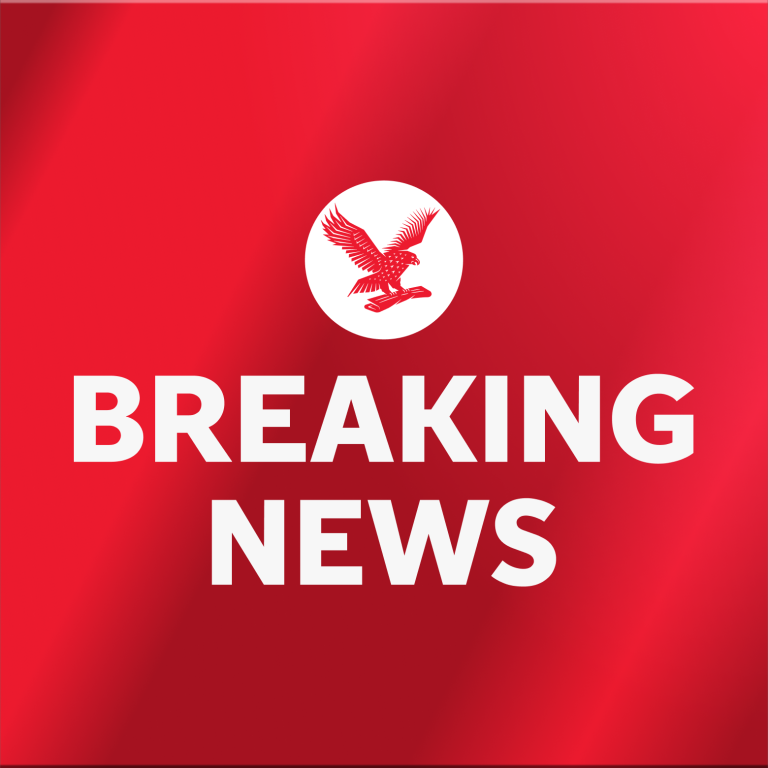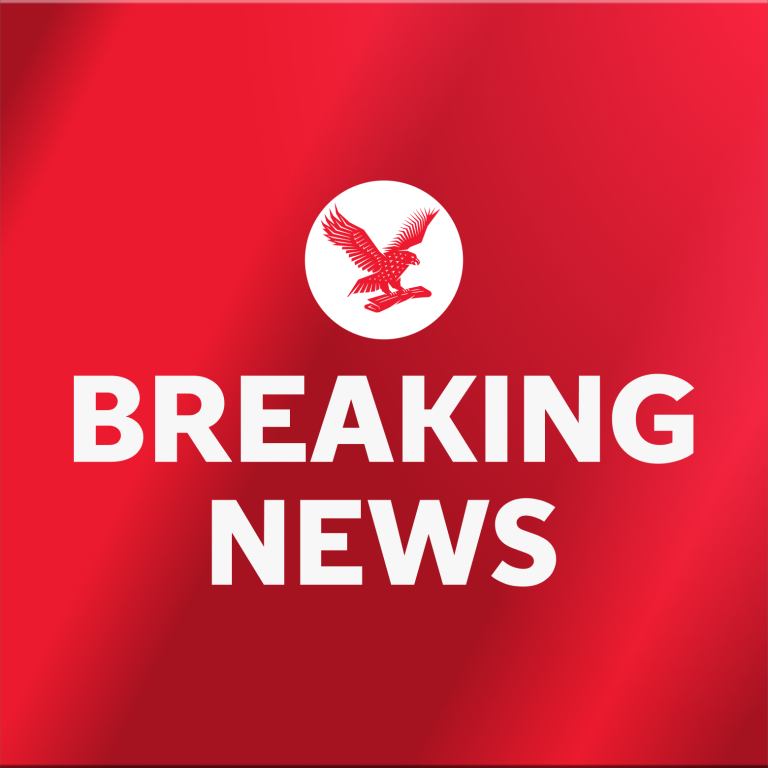The yearly memorial march at the former death camp at Auschwitz overshadowed by the Israel-Hamas war

For free real time breaking news alerts sent straight to your inbox sign up to our breaking news emails
Sign up to our free breaking news emails
U.S. university presidents joined Holocaust survivors and thousands of Israelis on Monday for the March of the Living, a yearly memorial march at the site of Auschwitz that honors the 6 million Jews killed by Nazi Germany and celebrates the state of Israel.
This year, the mood at the march was overshadowed by the war in Gaza after the Oct. 7 attack on Israel by Hamas, the deadliest violence against Jews since Adolf Hitler’s regime sought to destroy the entire Jewish population of Europe.
The October attack unleashed a war that has led to a high number of Palestinian deaths, fueling pro-Palestinian protests that have swept U.S. campuses. Many Jewish students have felt intimidated by protests, which have at times included antisemitic tropes and calls for anti-Jewish violence.
A small group of pro-Palestinian protesters waving Palestinian flags stood along the side of the road as participants marched with Israeli flags from the site of Auschwitz in the Polish town of Oswiecim to the site of Birkenau about 3 kilometers (2 miles) away. The area was under German occupation during World War II and today the former death camps are preserved as memorials by the Polish state.
“Through this protest we want to say that we bow down to the victims of the Holocaust too,” said Omar Faris, president of an association of Palestinians in Poland. „At the same time, we demand an end to war, an end to genocide.”
The march took place on what is Holocaust Remembrance Day in the Jewish calendar. A grim landscape of watchtowers and barracks were filled with the blue and white of Israeli flags, a celebration of Jewish survival at the place of genocide.
The event, now in its 36th year, usually draws thousands of participants, including Holocaust survivors and Jewish students, leaders and politicians. This year, Israeli hostages released from captivity in Gaza and families whose relatives are still being held captive also joined.
Judith Tzamir, a Holocaust survivor from Germany who moved to Israel in 1964, had long avoided visiting Auschwitz. But she was inspired to join this year’s march after her kibbutz fended off an attack by Hamas on Oct. 7
“See, I try not to remember it all the time. But on the 7th of October they brought me the remembrance very, very harshly back,” she told The Associated Press at the site of the former death camp. „And that’s the moment when I decided, OK, this is the time you should go to Auschwitz to see it.”
Amid the backdrop of pro-Palestinian protests that have roiled American campuses, Rabbi Ari Berman, president of Yeshiva University in New York, led a delegation of leaders from Catholic, Evangelical and historically Black colleges and universities.
“The message here is clear. The dangers of allowing hate to go unchecked are real. And we don’t need to get to the cattle cars in order for it to be unconscionable and unacceptable,” he said, referring to the cattle cars used to transport Jews to their deaths at camps under German wartime occupation.
He said it was essential for university leaders “to call out, and in no uncertain terms, when there is intimidation and hate and antisemitism. We’re seeing it on campuses and college campuses, and it needs to have a response.”
Some who had planned to attend had to cancel to deal with the protests at home, Berman told the AP, though he did not name them.
___
Vanessa Gera reported from Warsaw.






